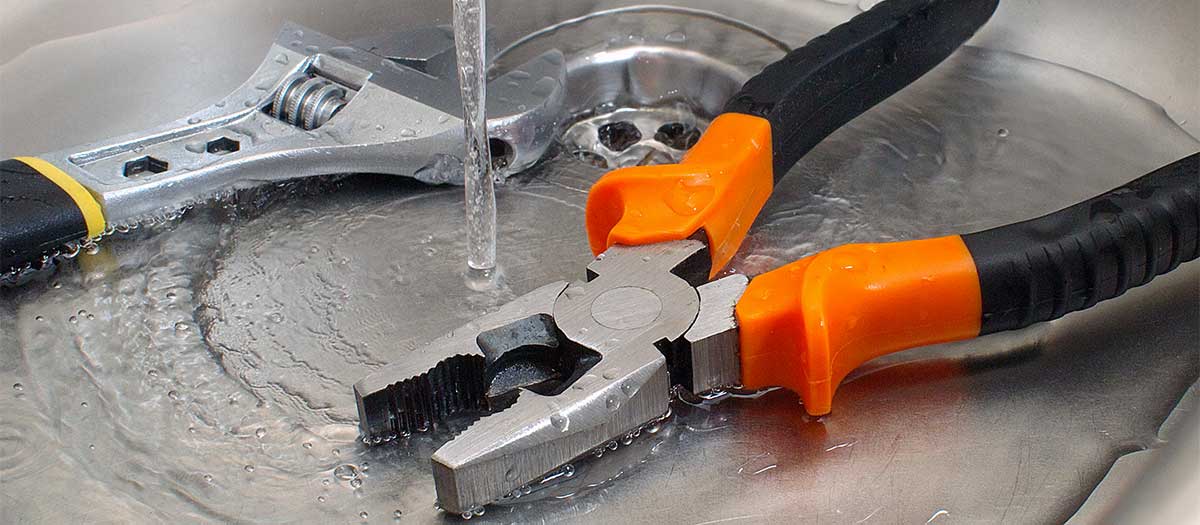Just how to Examine If Your Home Has a Covert Leak
Just how to Examine If Your Home Has a Covert Leak
Blog Article
We've encountered this great article involving Finding hidden leaks down the page on the net and think it made good sense to write about it with you over here.

Early discovery of leaking water lines can minimize a prospective catastrophe. Some tiny water leakages may not be noticeable.
1. Examine the Water Meter
Every house has a water meter. Examining it is a proven manner in which aids you find leaks. For starters, switch off all the water sources. Ensure no one will flush, make use of the faucet, shower, run the cleaning device or dish washer. From there, most likely to the meter as well as watch if it will alter. Since no one is utilizing it, there must be no activities. If it relocates, that indicates a fast-moving leak. If you identify no adjustments, wait a hr or two and also inspect back once more. This implies you might have a sluggish leak that could even be below ground.
2. Check Water Intake
Analyze your water costs as well as track your water intake. As the one paying it, you need to notice if there are any disparities. If you detect sudden changes, despite your intake being the same, it implies that you have leaks in your plumbing system. Bear in mind, your water bill should fall under the same variety every month. An unexpected spike in your costs indicates a fast-moving leak.
A steady rise every month, also with the very same behaviors, reveals you have a sluggish leak that's also slowly escalating. Call a plumber to thoroughly check your building, especially if you really feel a cozy location on your flooring with piping beneath.
3. Do a Food Coloring Test
When it concerns water consumption, 30% comes from toilets. Test to see if they are running properly. Drop flecks of food shade in the storage tank and wait 10 mins. If the color in some way infiltrates your dish during that time without flushing, there's a leakage between the container as well as dish.
4. Asses Exterior Lines
Do not forget to inspect your exterior water lines too. Ought to water permeate out of the link, you have a loose rubber gasket. One small leakage can waste heaps of water and surge your water costs.
5. Evaluate the scenario and examine
House owners should make it a practice to examine under the sink counters and also even inside cabinets for any type of bad odor or mold growth. These two warnings show a leakage so prompt attention is required. Doing routine assessments, also bi-annually, can save you from a major problem.
Inspect for discolorations and also damaging as most home appliances and pipelines have a life span. If you think leaking water lines in your plumbing system, do not wait for it to rise.
Early detection of leaking water lines can mitigate a possible catastrophe. Some tiny water leaks might not be noticeable. Inspecting it is a surefire means that assists you discover leakages. One small leak can throw away heaps of water as well as spike your water costs.
If you think leaking water lines in your plumbing system, do not wait for it to rise.
WARNING SIGNS OF WATER LEAKAGE BEHIND THE WALL
PERSISTENT MUSTY ODORS
As water slowly drips from a leaky pipe inside the wall, flooring and sheetrock stay damp and develop an odor similar to wet cardboard. It generates a musty smell that can help you find hidden leaks.
MOLD IN UNUSUAL AREAS
Mold usually grows in wet areas like kitchens, baths and laundry rooms. If you spot the stuff on walls or baseboards in other rooms of the house, it’s a good indicator of undetected water leaks.
STAINS THAT GROW
When mold thrives around a leaky pipe, it sometimes takes hold on the inside surface of the affected wall. A growing stain on otherwise clean sheetrock is often your sign of a hidden plumbing problem.
PEELING OR BUBBLING WALLPAPER / PAINT
This clue is easy to miss in rooms that don’t get much use. When you see wallpaper separating along seams or paint bubbling or flaking off the wall, blame sheetrock that stays wet because of an undetected leak.
BUCKLED CEILINGS AND STAINED FLOORS
If ceilings or floors in bathrooms, kitchens or laundry areas develop structural problems, don’t rule out constant damp inside the walls. Wet sheetrock can affect adjacent framing, flooring and ceilings.
https://www.servicemasterbyzaba.com/blog/how-to-detect-water-leakage-in-walls/

We hope you liked our excerpt about Top leak detection hacks. Many thanks for spending some time to read through our short article. In case you appreciated our blog posting please remember to pass it around. Thanks for your time. Visit again soon.
Report this page